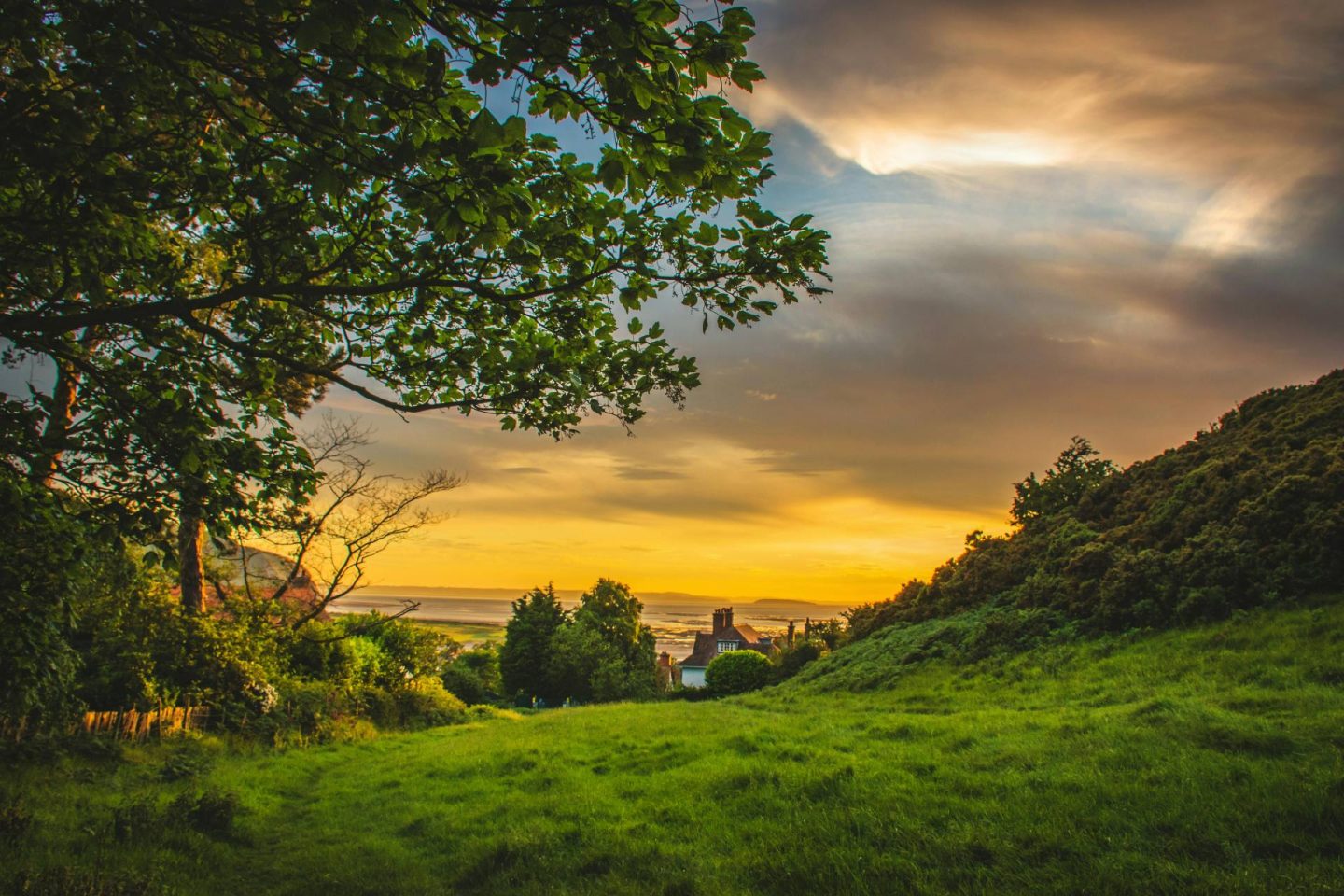*Collaboration
If you’ve dreamt of hillside views and cosy countryside pubs, you’re not alone. There was a 126% increase in city residents considering relocating to villages in 2020. Since then, the increase in remote and hybrid work models has sustained this captivation with rural living. The rising number of newly built properties constructed in green spaces has also provided more opportunities for countryside relocations.

Escaping to the country doesn’t have to be a pipe dream; a practical guide is all you need.
Assessing your lifestyle needs
There’s aesthetic countryside living, and then there’s an off-the-grid grind. Which camp do you fall into? If you rely on inner-city commutes or enjoy occasional nights out, consider a gateway town with strong rail connections. On the other hand, if you’re a remote-working homebody, you may have the flexibility to embrace a more secluded village.
It’s also important to carefully consider the type of countryside home that best fits your needs. Not enthralled by the prospect of a leaky roof? Consider modern builds over period properties. New build homes in the countryside are designed to offer the perfect blend of modern convenience and rural charm. Think lower running costs, improved insulation and minimal maintenance.
The advantages of new build homes
Speaking of new builds, it’s worth mentioning their range of benefits that make rural relocation even more appealing. Lower utility bills, better energy efficiency, and spacious open-plan designs are just a few advantages. New build developments can also serve as an ideal stepping stone for those unsure about leaving city life behind. Many new estates are emerging on the outskirts of cities as part of efforts to tackle the housing shortage. These locations provide the best of both worlds—quieter, greener surroundings while remaining well-connected.
Additionally, developers often design these estates with community living in mind, incorporating cycle paths, children’s play areas and ample green spaces.
Financial planning and incentives
Buying a new build property in the countryside isn’t just a lifestyle choice—it can also be a financially smart move. Did you know that many new properties qualify for government-led incentives? The First Homes scheme is a prime example, which offers discounts of 30% to 50% for eligible buyers.
If you’re considering a listed building, repair grants are sometimes available to help with restoration costs. However, be mindful that renovation expenses can quickly add up—often bringing the total cost in line with that of a modern new build home.
Integrating into the local community
Moving to a village or a new build development often makes community integration easier. If a welcoming social scene is important to you (or if you think it might be in the future), choosing a vibrant village or a modern housing estate can help you meet people organically. New build communities are especially friendly, as most residents are arriving at the same time, creating an instant sense of connection and excitement.
For those moving to more remote countryside homes, socialising might require a more proactive approach—such as joining local clubs, attending village events, or getting involved in nearby towns.
Relocating to the countryside can be an incredibly rewarding experience, offering a slower pace of life, beautiful surroundings, and a stronger sense of community. With the right planning—and a home that suits your lifestyle—you can make the transition both seamless and fulfilling.
